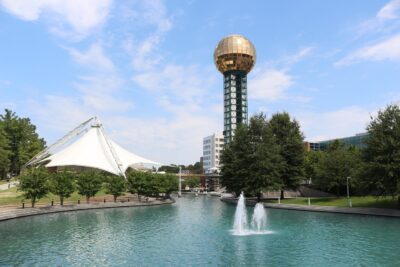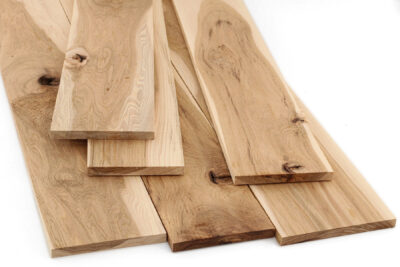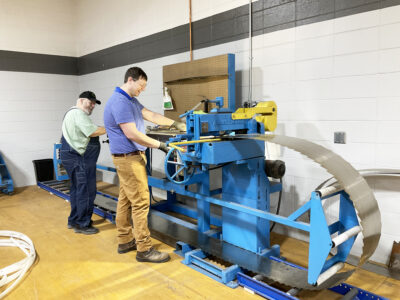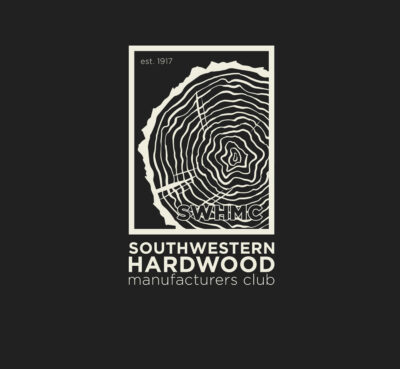I have now been at NHLA for an entire year. People often ask, “What have you learned?” A fair question and more than I could cover in a simple article. But here are the main bullet points.
•The Hardwood industry has too many meetings, not necessarily too many associations. In fact, I would say that staff members at all the different Hardwood associations play a critical role and contribute to the good of the industry more than you know. Just as each of you has a niche market, each association does something different for the good of the whole. But this year, I attended a lot of meetings and saw the same people repeatedly. All these meetings could be better organized to align together.
•The Hardwood industry isn’t focusing or spending money on innovation, environmental appeasement, or niche markets. Small attempts are being made, but there is no forethought and planning, so projects like Hardwood cross-laminated timber (HCLT) are done incorrectly and overlap different parties’ efforts.
•We lose Hardwood market share to substitutes and softwoods because we limit what we do.
•Innovation is slow to be adopted by the Hardwood industry but is the lifeblood of the substitutes.
•There is no customer service beyond orders and relationships; do they get what they want or what we produce the way we produce it? (Pallet cants, standard widths)
•Promotion to specifiers has the most influence and the smallest budgets, apart from AHEC. When we market, we show our logo on bundles so that they can see the nice edges, but we do not show the finished product potential as the substitute products do.
•Regarding environmental standards/certifications, substitutes have a story; recycling, recovery, etc., however crazy and off-base it is, to show that they are green, but Hardwoods don’t.
•Process automation means they can all beat us on price, and if not, they beat us on a perception of low maintenance, greater longevity, and ease of installation. We need to invest in solving all these problems.
•Consolidation is a given for the substitutes, there are fewer manufacturers of their products, but they are all bigger and have a lot of money behind their products.
•Many landowners and loggers complain that the margins are too thin, but the mills shelter the loggers and the landowners from the volatility. The mills keep a steady flow during good times and bad times to ensure they have a place to sell their wood and don’t leave the industry.
With respect to NHLA, I have learned the following.
•There is not enough communication from the NHLA staff and the executive committee to the rest of the NHLA board or members. Additionally, there is not enough communication from the board of directors and the committees to NHLA members.
•Staff are loyal and dedicated to NHLA and want to perform at a high level; it is often the resources available and time restraints preventing better output. With the change in leadership, we have three former staff that returned to NHLA: Desiree Freeman, Mark Bear, and Rachel Spiers. Plus, NHLA hired Geoff Webb and Amber Signaigo. While only losing Carol McElya (and Desiree for a brief six months.)
•Staff lack administrative support to do what needs to be done. While saying that, I need to point out that what needs to be done does get done. But it is not done as efficiently and cost-effectively as possible. While many factors contribute to this, it means one thing: the staff is close to burnout. National Inspectors spend a lot of time on the road, office staff works extra hours, and the leaders never stop working to get things done.
•There isn’t enough engagement between staff and committees. NHLA staff, as wonderful as we are, run the Association, but it is your Association, and you must use your voice to direct staff to more programs and purposes. Then, when an issue doesn’t get dealt with, you can decide how to provide the resources to get it done. If it is important enough to do, it is important enough to pay for.
•There isn’t an ability to put money aside during the good times to survive the bad times. The Association doesn’t benefit from the good markets to build a contingency for the current bad market. This problem must be addressed as it also adds to the burden of the members in the bad markets. That is what the contingency fund is for, and dues should have both a fixed amount and a production/revenue amount to handle the swings.
Implementing the Strategic Plan will solve many of these problems if not all of them. The board’s trust in approving the Strategic Plan is significant, and it is up to the members to participate. Why knot take advantage of what I have learned to improve?







